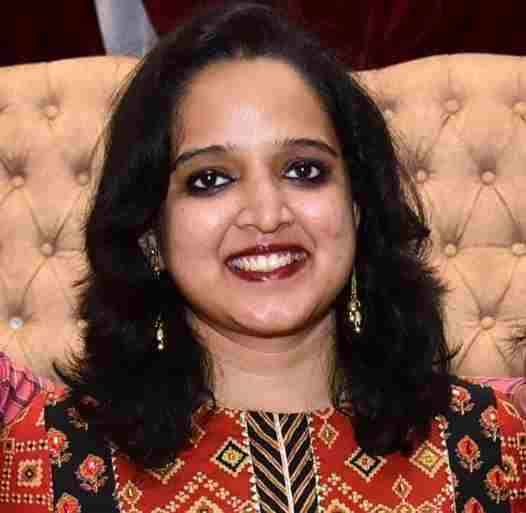Regular screening of breast cancer is perhaps one of the most important tools to fight against this disease. Timely detection coupled with high-quality treatment can save the lives of several breast cancer patients. As per studies, early detection of localized breast cancer has a relative five-year survival rate of 99%.
When the cancer is localized, it hasn’t spread yet. Thus, at this stage, the cancer is highly treatable. However, to treat breast cancer, it needs to be caught at the right time.
Here, we will be discussing some of the tools available for screening breast cancer.
Self-Screening for Breast Cancer at Home: How Useful is it?
Women should be familiar with how their breasts feel and look. This can help to detect abnormalities in the breasts such as changes in the size of the breast, pain, or lumps. This is known as a breast self-exam. If a breast-self exam reveals any concerning changes, you should immediately bring them to the notice of your doctor.
To perform a breast-self exam, follow the given instructions:
First step:
Use your middle, ring, and index fingers to gently push around your breast and armpit on both sides of your chest. You should examine the depth of the breast tissue by pressing it with light, medium, and firm pressure. You should also look out for any thickening, hard areas, or lumps in your breasts.
Second Step:
In this step, you make a visual assessment of your breasts by looking in a mirror. Keep your arms by your sides and examine your chest in a calm manner. Then, raise your arms above your head and scan your breast for odd signs such as unusual swelling, divots, or puckering. After this, contract your chest muscles by pressing your palms into your hips while lowering your arms. Once again check for any odd changes. The size of your breasts may vary slightly, however, most women experience this.
Third step:
In order to spread your breast tissue uniformly across your chest, lie down on a comfortable surface. Then, put your left shoulder on a pillow and place your left hand behind your head. Place three middle fingers of your right hand in the vicinity of your left breast and armpit. Check your nipples for any signs of discharge or lumps. You can use the same technique for your right breast as well.
Many women have some lumpy breast tissue. But, it may not always be malignant or cancerous. Understanding your breast tissue is crucial because the more you examine them, the more likely you can detect abnormalities in your breasts. Most doctors recommend that women should practice self-examination at least once per month.
This can allow breast cancer to be caught early on.
However, a breast self-exam isn’t a diagnostic test and is not always a reliable method for detecting breast cancer. Only with the help of diagnostic tests can breast cancer be confirmed.
Since many breast cancer patients first discovered the signs of the disease as a lump in the breast independently, doctors recommend self-examination. Screening for breast cancer can help in the timely detection of the disease. Thus, you should be familiar with your breasts’ typical consistency.

Are you struggling to find what you are looking for?
Get Expert's Callback
Screening for Breast Cancer in the Hospital
Ideally, screening for breast cancer at the hospital should be a part of your regular health assessment. Oncologists recommend that women in the age group of 40-44 years should start screening for breast cancer with mammograms every year. Those who lie in the age group 45-54 years should compulsorily get mammograms annually.
Some of the methods that are used to screen for breast cancer in hospitals are:
1. Clinical Breast Examination
A clinical breast examination will be conducted by a trained healthcare professional like a nurse or a doctor who will check the presence of lumps in your breast manually. A breast exam should be a part of your annual healthcare checkup.
2. Mammography
Mammography is one of the best tools to detect breast cancer. With an accuracy of about 87%, the test uses X-ray imaging of breast tissue to detect cancer. Mammograms are effective for revealing cancer nodules that are too small to be detected during a breast exam. Though mammography has lowered deaths due to breast cancer, there is also a possibility of a “false-positive result”.
3. Ultrasound
Screening for breast cancer may also be done by using ultrasound if a mammogram has detected abnormalities. An ultrasound employs high-frequency sound waves for creating pictures of your breast.
4. Magnetic Resonance Imaging (MRI)
An MRI may also be used along with a mammogram to screen women for breast cancer. MRI uses radio waves and magnets to obtain images of breast tissue. The American Cancer Society advises that women(>30 years) with about 20-25% lifetime risk of breast cancer should be annually screened by an MRI and a mammogram to detect breast cancer.
However, for women with an average risk of around 15%, MRI is not useful for screening breast cancer.
Consulting a Doctor
It is vital you get in touch with your doctor if you experience a knot or lump near your underarm, redness, bloody nipple discharge, or dimples in your breast. In case you lack access to quality breast cancer specialists, MediGence can connect you to board-certified oncologists from around the world. With telemedicine, you can avail of consultation from experts from the comforts of your home.

Are you struggling to find what you are looking for?
Get Expert's Callback
Conclusion
Timely detection is important for curing breast cancer. If you notice any unusual changes in your breasts then you should immediately bring them to the attention of your doctor. Prioritize your health and get screened regularly for breast cancer!
Reference Links:


